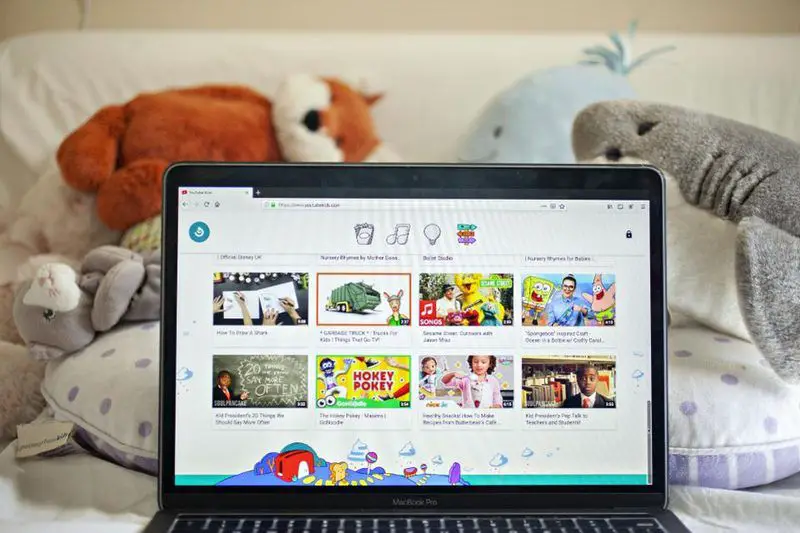YouTube had to change rules for the videos watched by the children. After getting imposed to a fine of 170 million dollars by the US antitrust agency FTC in September for collecting children’s data, Alphabet now changed the user rules for the group’s video platform Youtube. This is said to increase child protection, as required by the FTC.
The measures are an adaptation to reality. To be able to create a YouTube account, you need a Google account. The minimum age varies depending on the country. In Austria it is 14 years, in USA it is 13.
But in reality, children below this minimum required age also spend time on the platform. In order to better protect this visitors, which are particularly vulnerable to advertising, the changes are now in effect.
What are the new user rules for YouTube?
For example, uploaders now have to specify for each video whether its content has been created for children. Machine learning will be used to check. With the videos that are marked for children, personalized advertising will no longer be displayed.
Comments and live chat will also no longer be shown under these videos. The measures are intended to comply with the US Children’s Online Privacy Protection Act (COPPA) , but came into force worldwide.
Is it sufficient for children’s protection?
For YouTube now, what belongs in the category of the children’s content is listed at the company’s blog . Accordingly, the depiction of children or children’s figures, programs or animated figures popular with children, children’s toys and songs, stories or poems popular with children are indicative.
These indications are too vague for the critics. It is also feared that channels will suffer sales losses due to the limited advertising options. For example, “The Verge” wrote that a toy manufacturer is also followed by adult collectors.
Non-personalized ads, which are ads that appear based on context rather than user data, will continue to be shown with the content for children.
What caused the change?
The FTC specifically accused the video platform for using cookies to collect information about users of children’s channels without first obtaining the parents’ permission. The aim was to be able to distribute targeted advertisements based on the data and thus to earn money. The payment was part of a comparison between Google on the one hand FTC and the New York Attorney General on the other.





